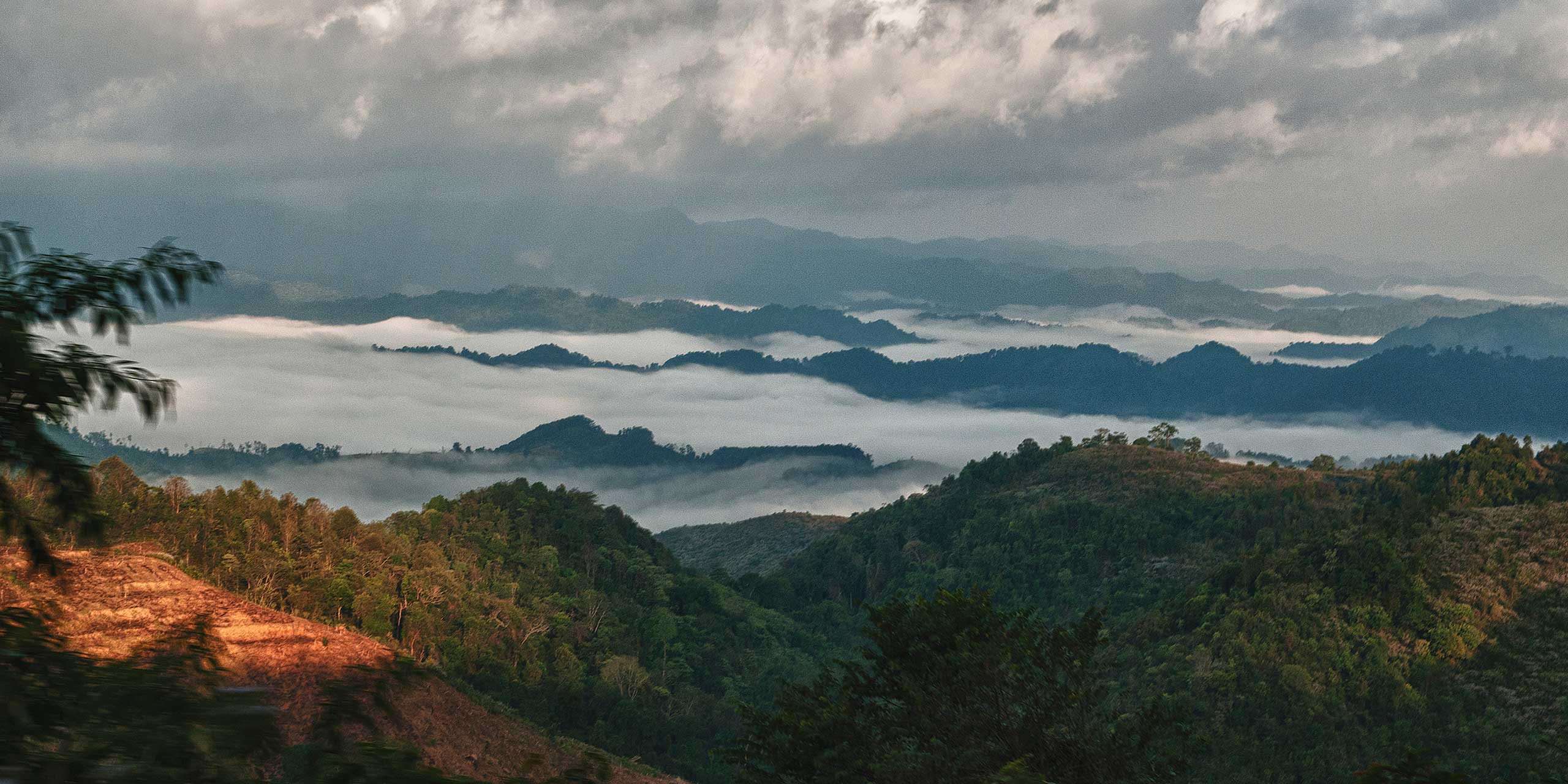
I’d had Phongsaly on my Asian bucket list for years. Once, it was just plain closed, being off-limits to foreigners as it was right on the Chinese border.
Then it was open, but the journey to get there was said to be one of the region’s most arduous. The trip took in a pot-holed, dusty, and winding road through Laos’ highest mountains, with rickety buses attempting to reach Phongsaly, essentially the end of the road, in 12-15 hours if they were lucky (and they were unlucky mostly).
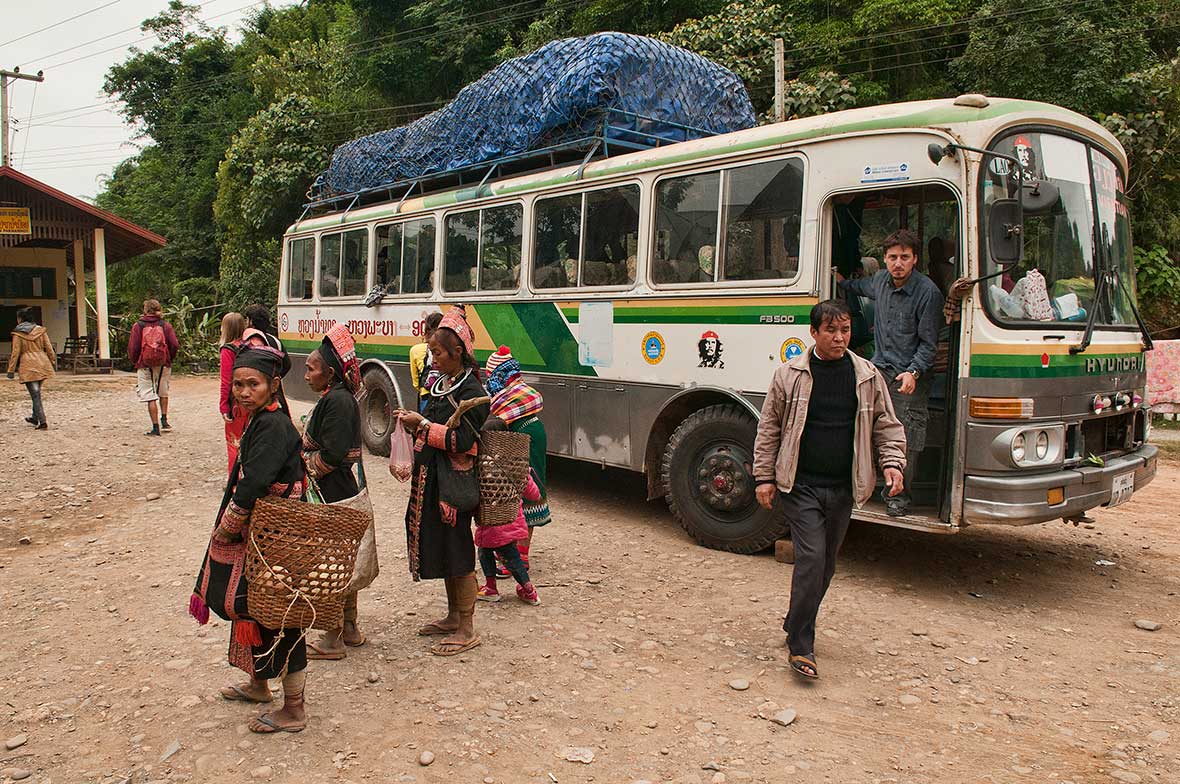
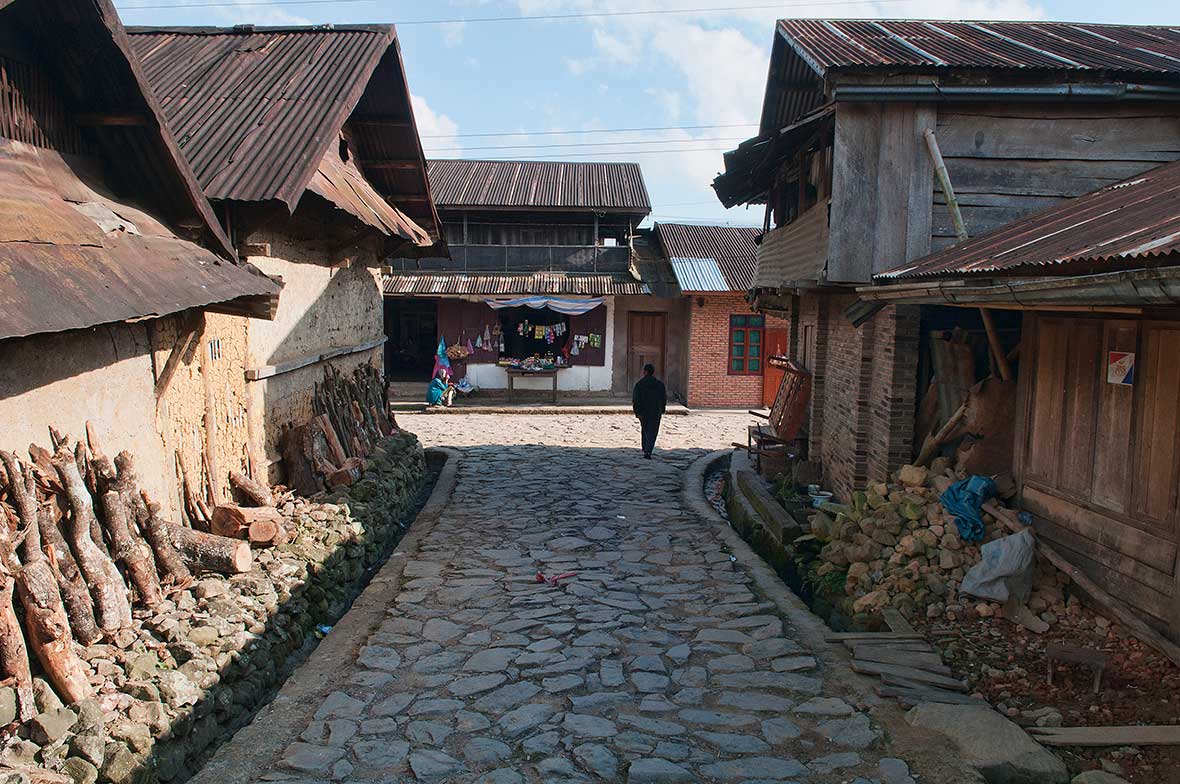
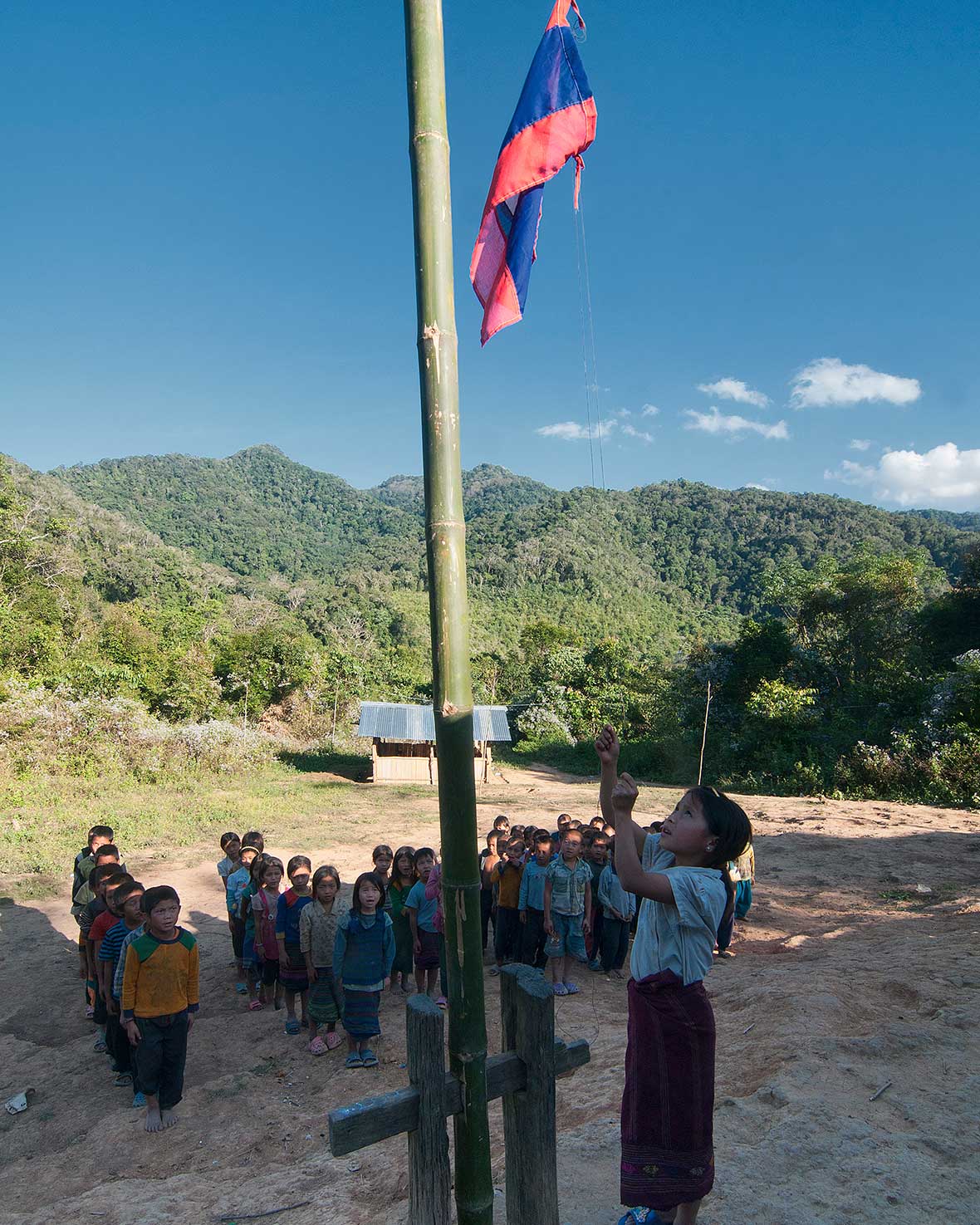
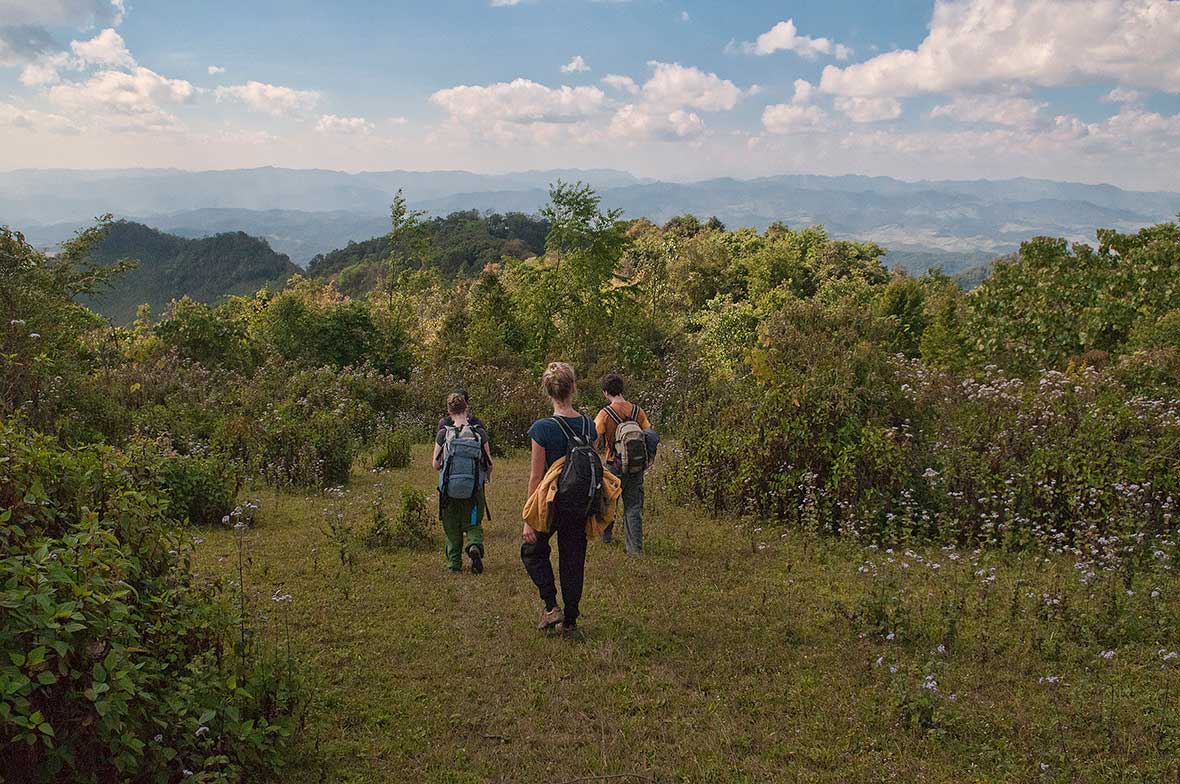
These days, it still requires fortitude to reach the most northerly point in Laos. But the road is now paved, the transport solid, one gets to see a slice of traditional ethnic hill tribe diversity hard to find anymore, and is rewarded with a captivating visit to a little-touristed part of Southeast Asia.
Phongsaly has always been famed for several attractions. Its landscape is fantastic, with high mountains, lush forests, and cool weather predominating. The town of Phongsaly itself sits up at 1400 meters (4620 feet). On crisp winter mornings, the valleys below it fill with dramatic seas of clouds, which rise to coat the surrounding tea plantations in a wet mist.
This region also contains one of the greatest concentrations of ethnic hill tribes to be found anywhere in Southeast Asia. I’d been on the other side of the border in Yunnan, China, where massive domestic tourism had “Disneyfied” many of the hill tribe villages. And in neighboring Vietnam, where tourism has also changed the nature of the sleepy hamlets forever. But none of this was evident in Phongsaly. And a few photographer friends told me I needed to get here before package tourism did.
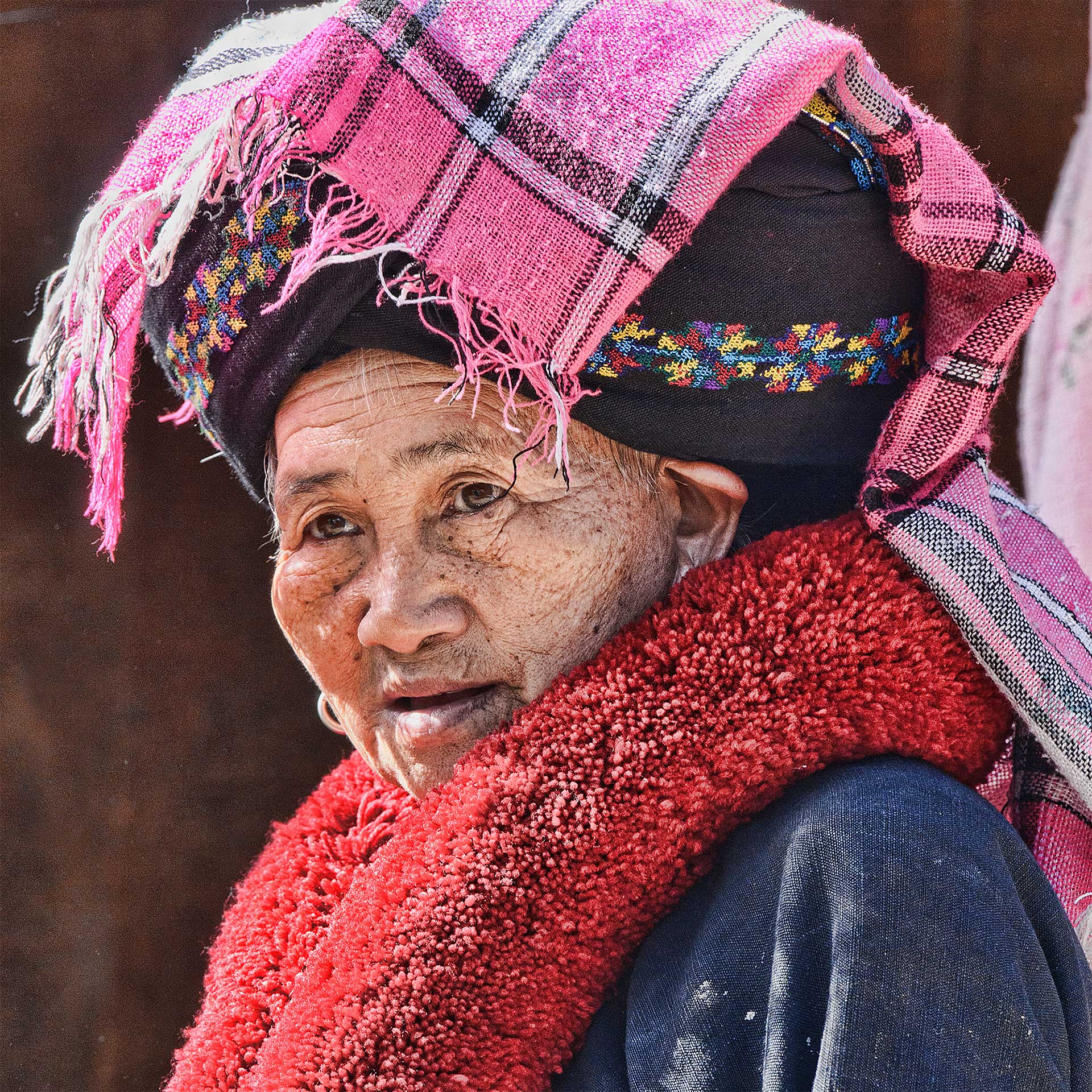
I hopped aboard a bus in Oudomxay that made good on its promise to deliver me to Phongsaly in eight hours. There’s a more direct route from further north and west in Luang Nam Tha, but this bus crosses into and out of China, and foreigners are not allowed access this way. Via Oudomxay, the road was winding, but decently paved, and we were soon climbing into pine forests, with glimpses opening up of hillsides covered in tea plantations.
Highly influenced by trade and ties with Yunnan, the green tea here is renowned for its quality, and there’s even a 400-year-old plantation where the Phu Noi ethnic group pick leaves from six meter-high tea trees, which they press into bamboo cylinders and bring to market.
As we climbed into the region’s higher reaches, small hamlets began to appear, predominantly inhabited by Akha and Hmong. But we also drove through areas with Yao, identifiable by their large turbans, Black Thai, Khmeu, Liu, Lolo (also known as Yi), and a host of other minorities that I couldn’t identify. Indeed, Phongsaly is home to 28 different ethnic groups. Even within each group, there are sub-groups, such as Akha Opa or Akha Mutchi, or Red Yao and Black Yao, often named after the vivid colors or patterns they wear on their hand-embroidered clothing.
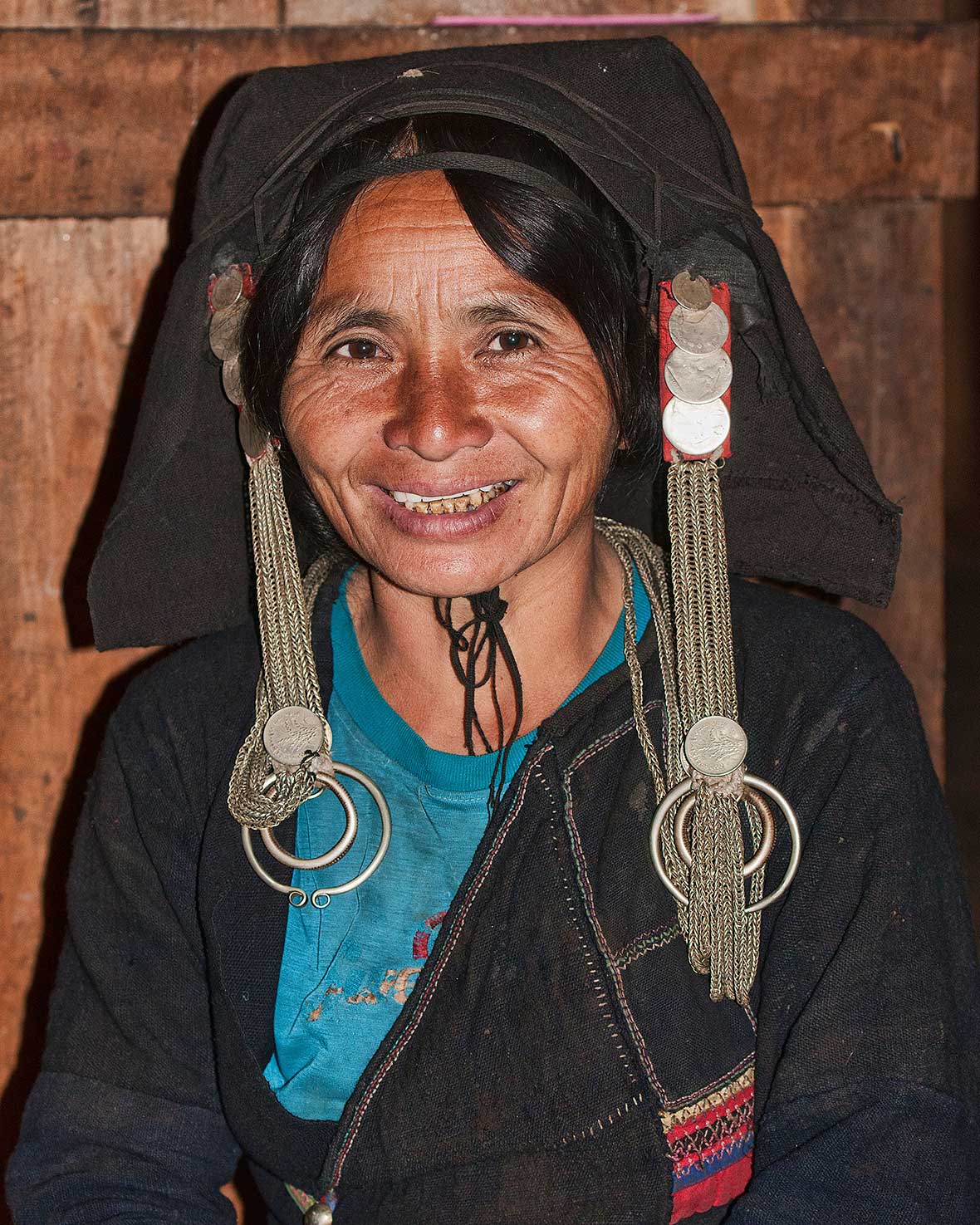
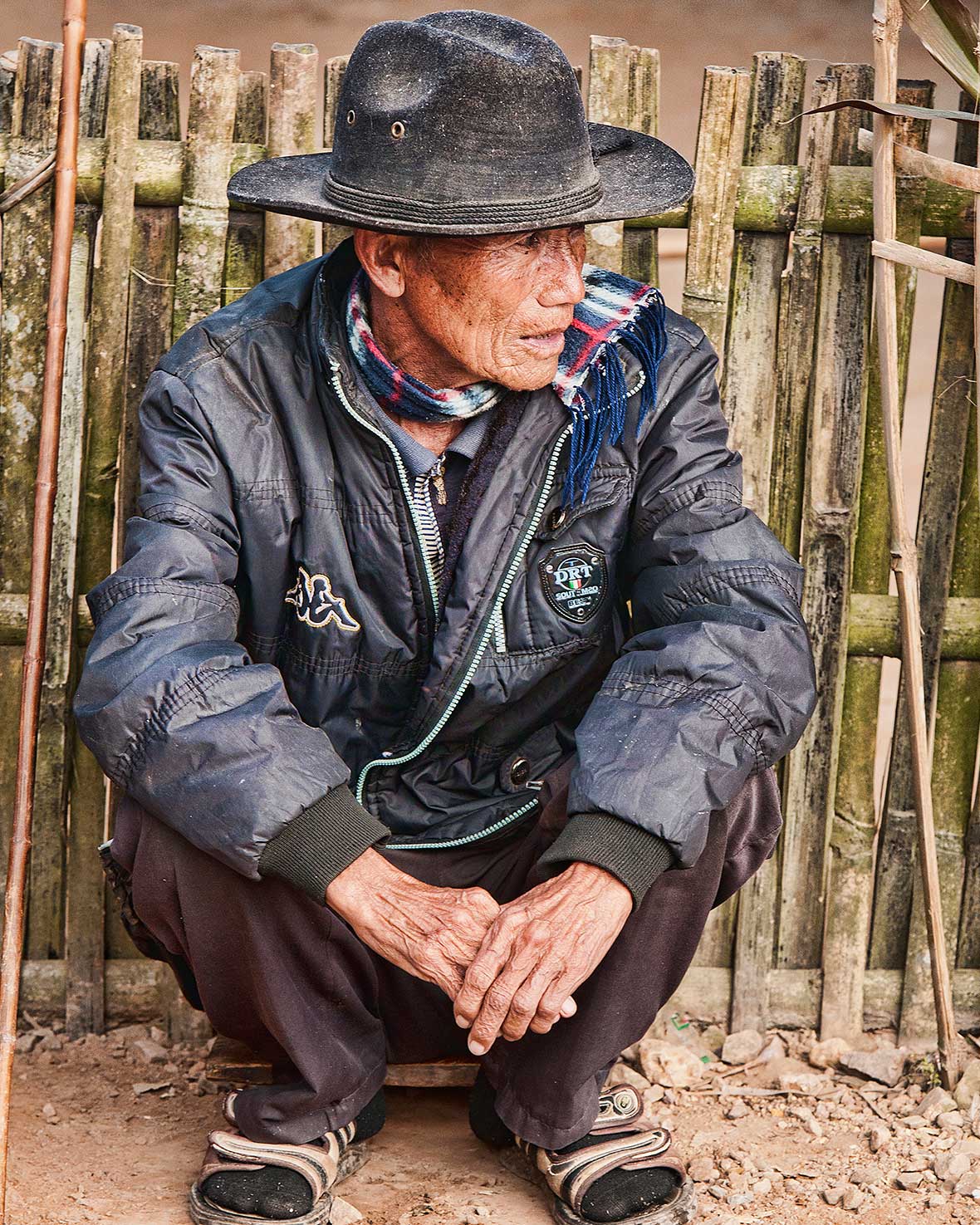
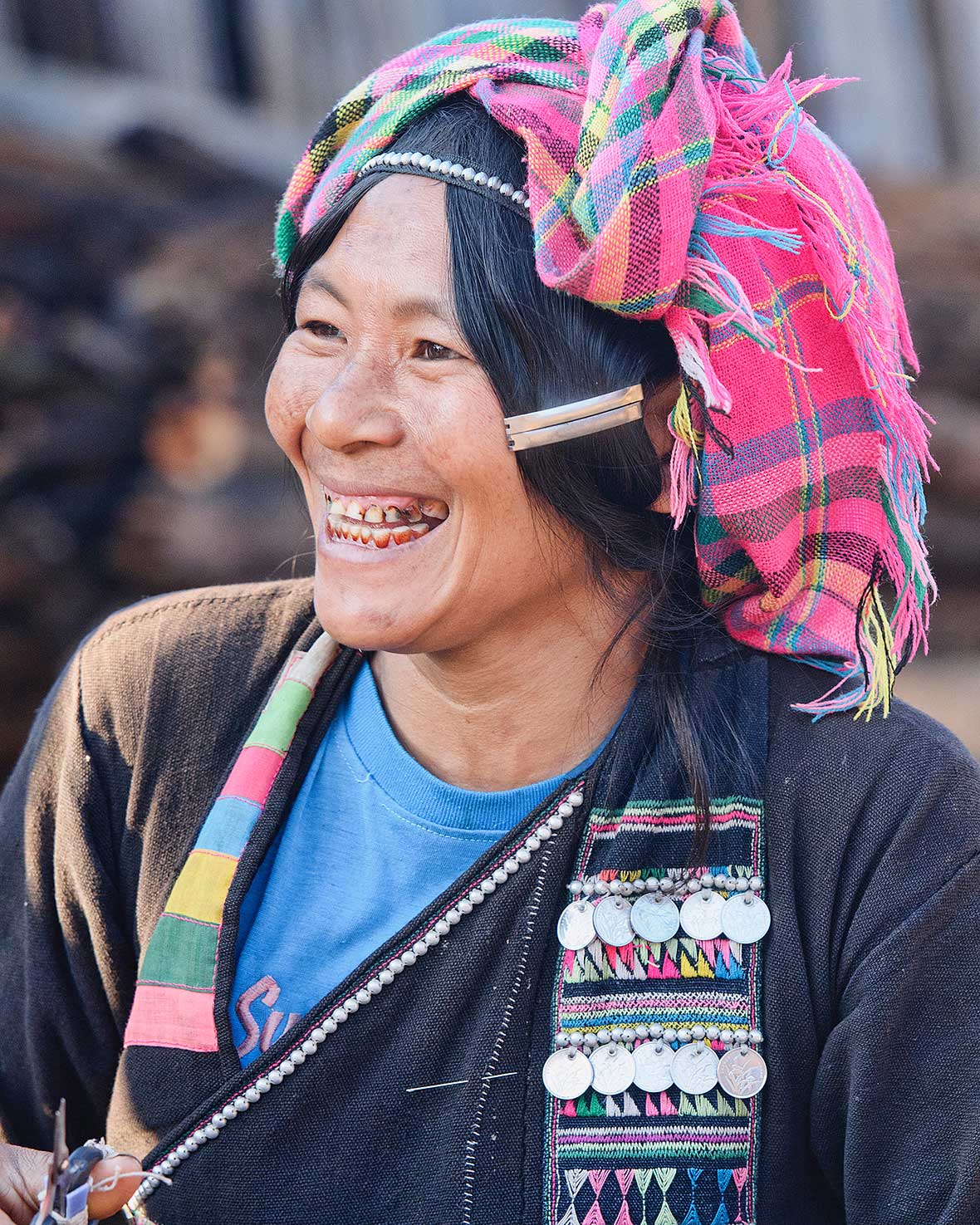
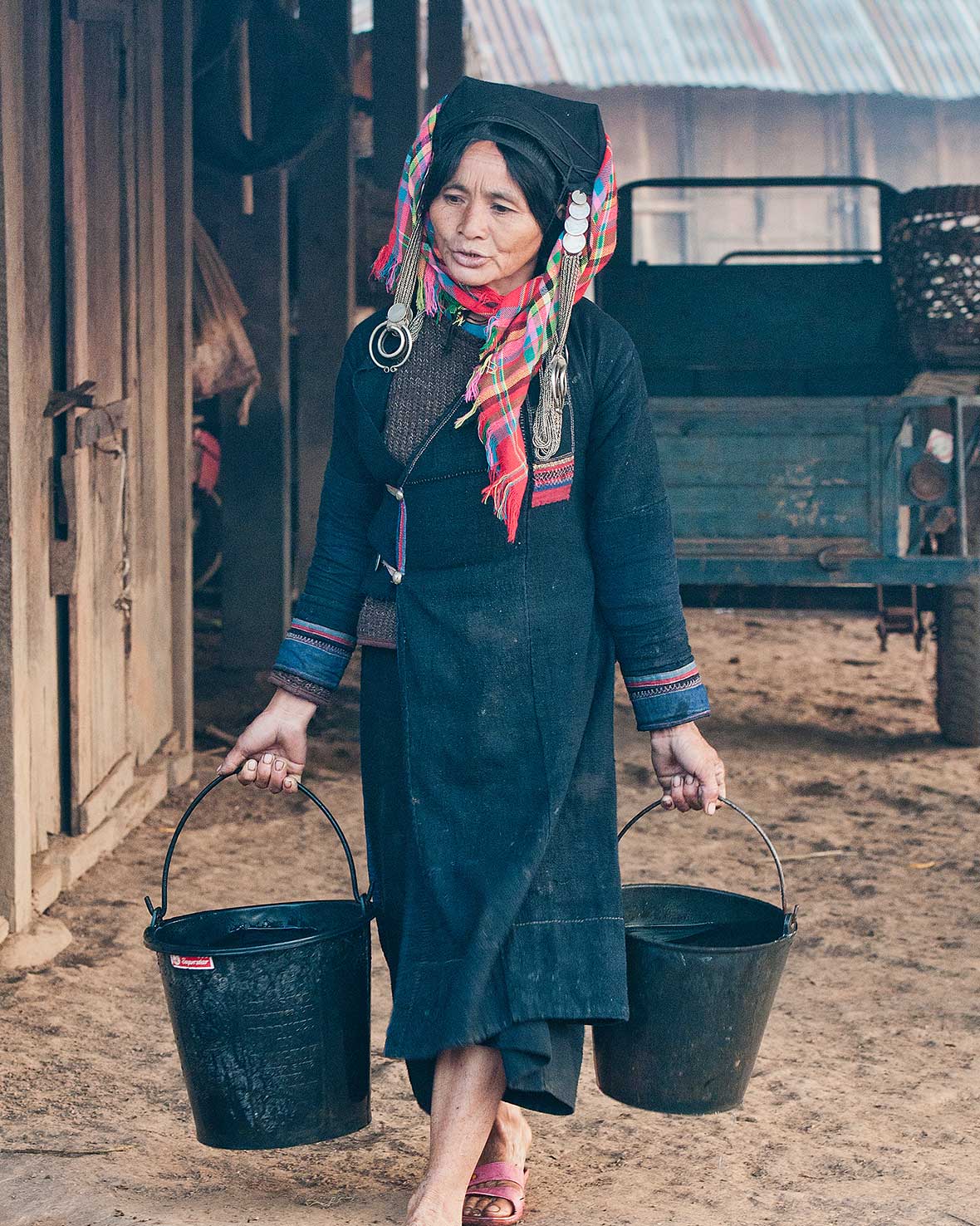
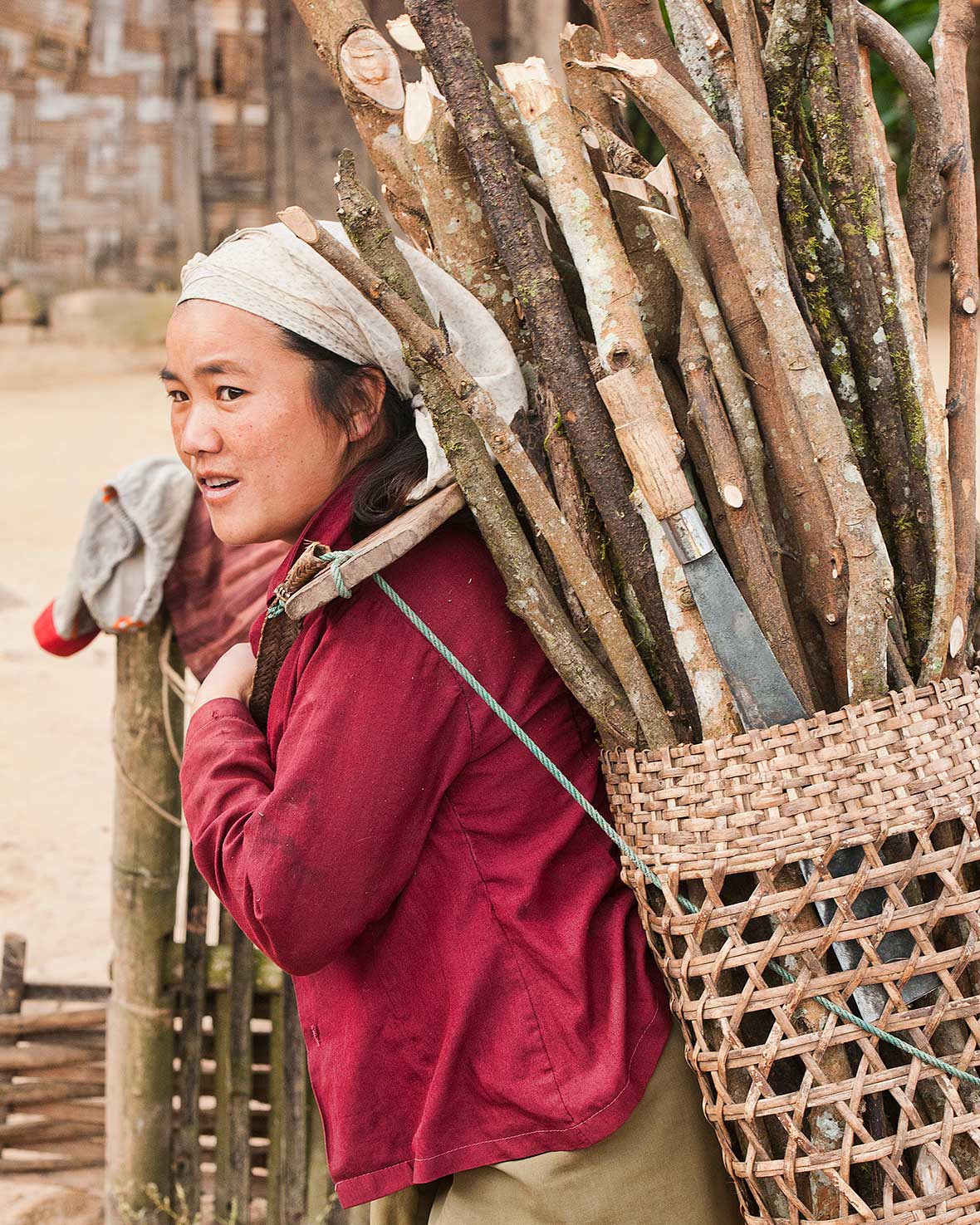
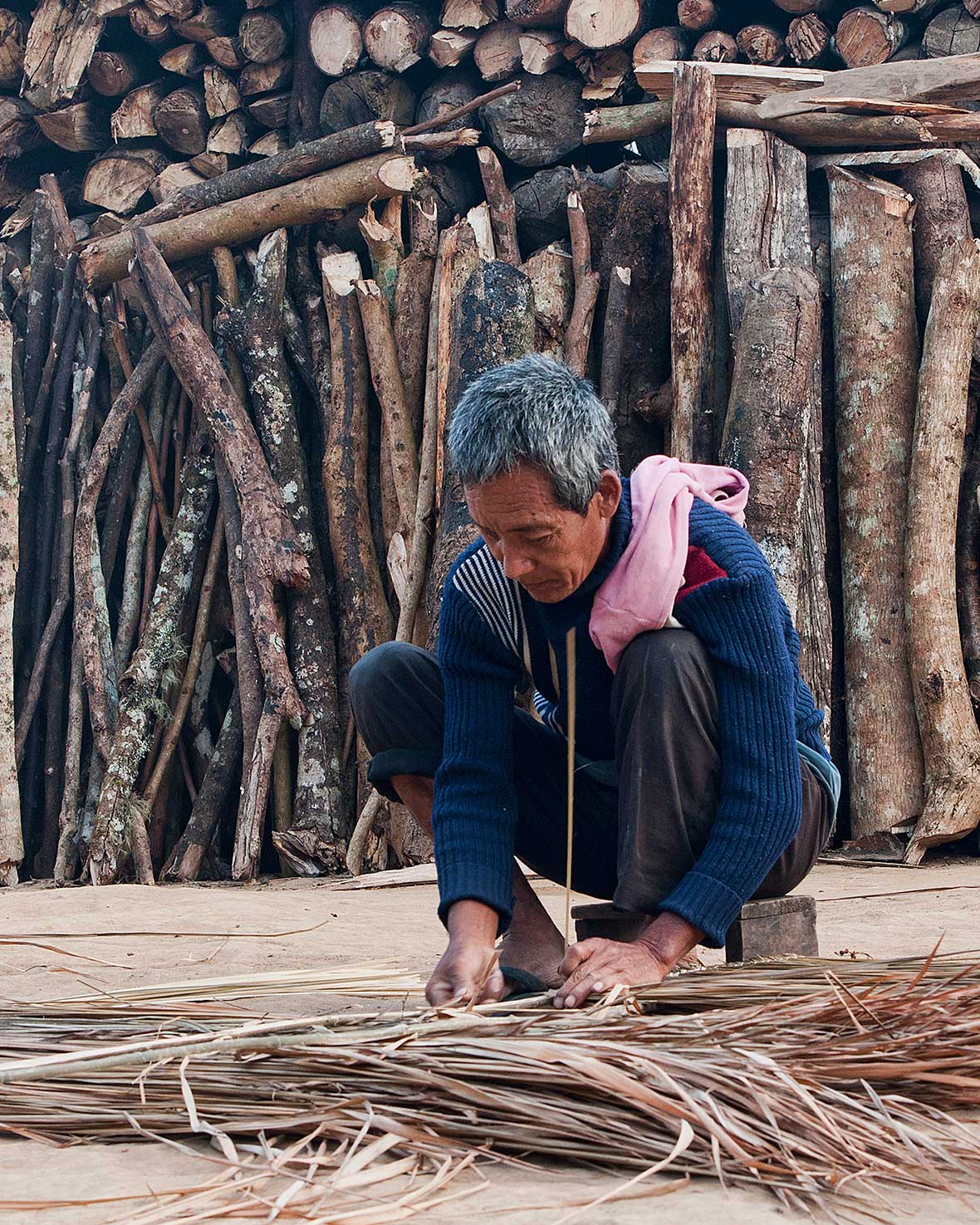
The Phu Noi were probably the first group to settle here, migrating from Burma in the late 18th century. But the Tai Lue became the most predominant inhabitants, establishing the Sipsongbanna Kingdom, which cut across southern Yunnan and Vietnam. A Sino-French treaty in 1895 gave control of much of the area to the French colonial government in Laos. And the rest of Sipsongbanna was given to Yunnan. Thus, despite becoming part of Laos, Phongsaly far more resembles small towns in Yunnan, with traditional wooden architecture predominating. Ironically, with China’s modernization, it’s hard to find this architecture inside Yunnan anymore, yet another reason to make a beeline for the roof of Laos.
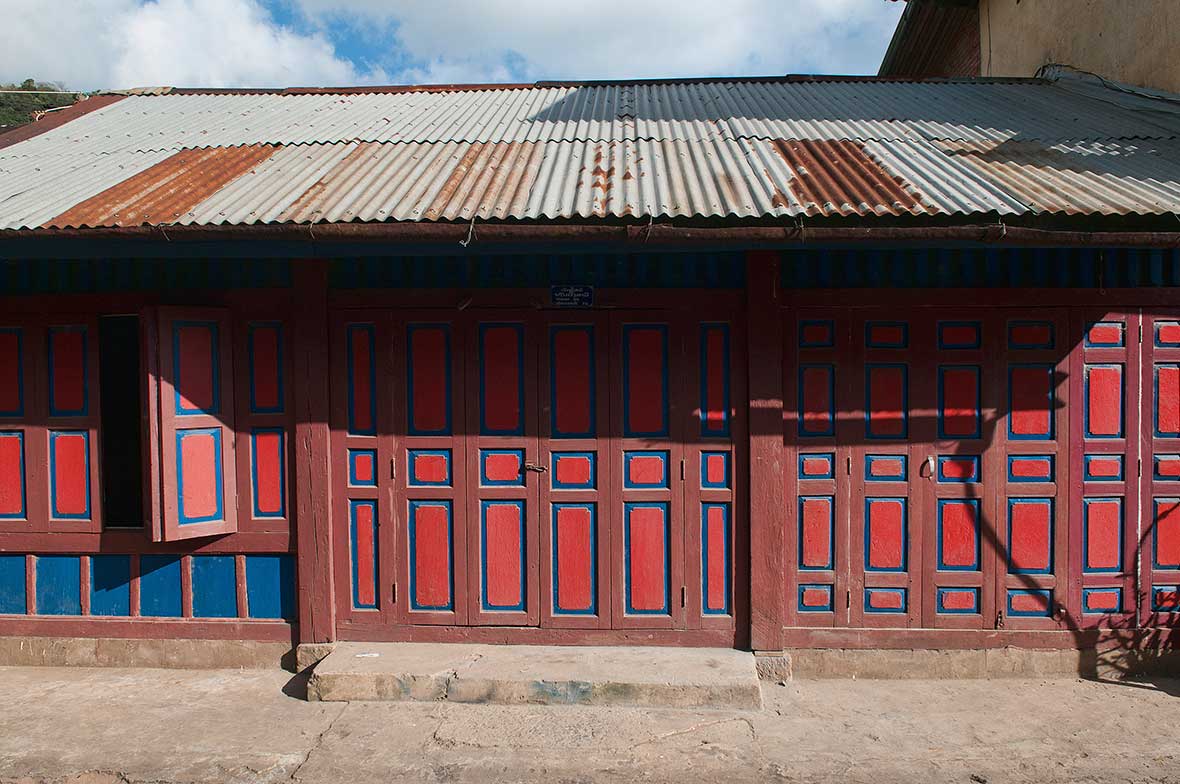
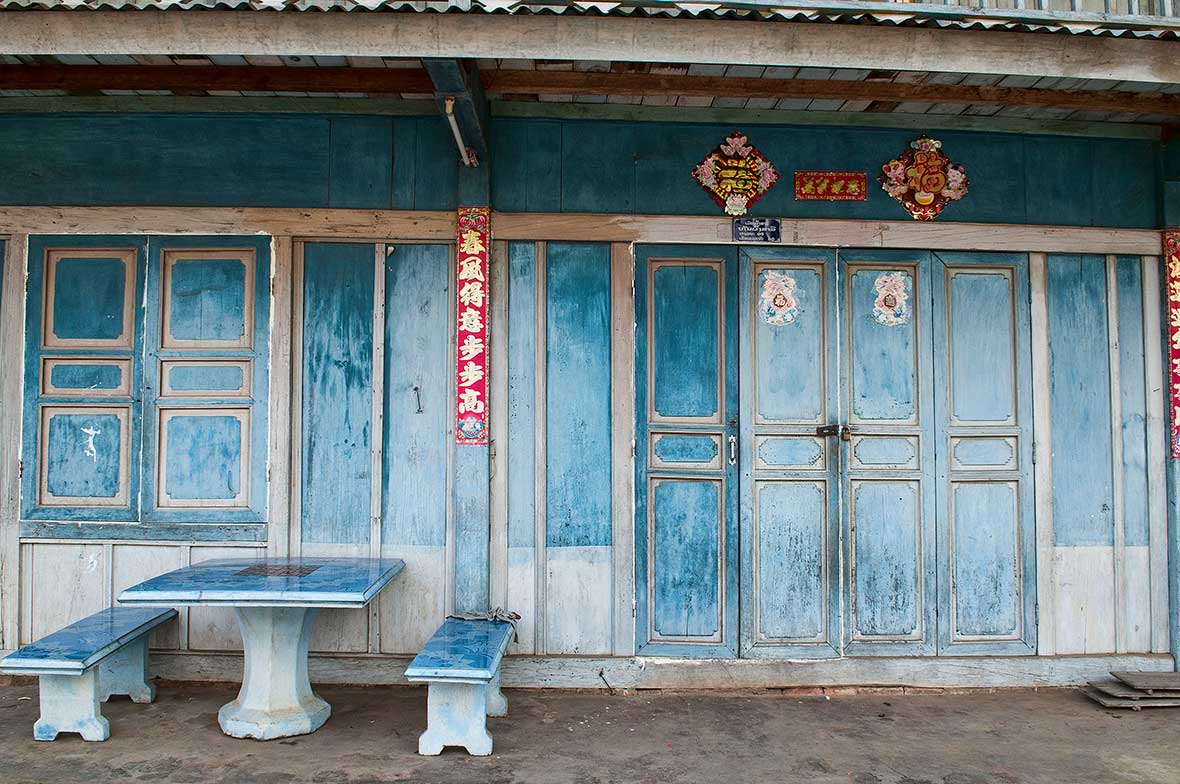
Arriving in town, I was struck by the colorful wooden shophouses. Phongsaly was spared the ravages of the Indochinese and American wars and retains a historical feel. It also doesn’t seem like anywhere else in Laos in that Chinese and Yunnan dialects are the main spoken languages here. As I took in the surroundings, Akha women carrying bundles of firewood in handwoven bamboo baskets wandered through the cobbled streets, surrounded by smoke from cooking fires wafting into the air under the slopes of Phou Fa mountain, which loomed like a large shadow above the town, with a golden Buddha statue and giant stupa on its summit glistening in the afternoon light.
There’s an Ethnic Museum in the center of town, a good spot to brush up on hill tribe knowledge and marvel at their creative costumes, as well as pick up a bottle of the unique local version of lao khao. While you’ll find lao khao (rice liquor) in every rural village in the country, the Phongsaly version is green, as the Phu Noi, who make the whiskey, run it through freshly picked raspberry leaves in the final stages of distilling it, turning it as vivid a shade as the surrounding tea-clad hills.
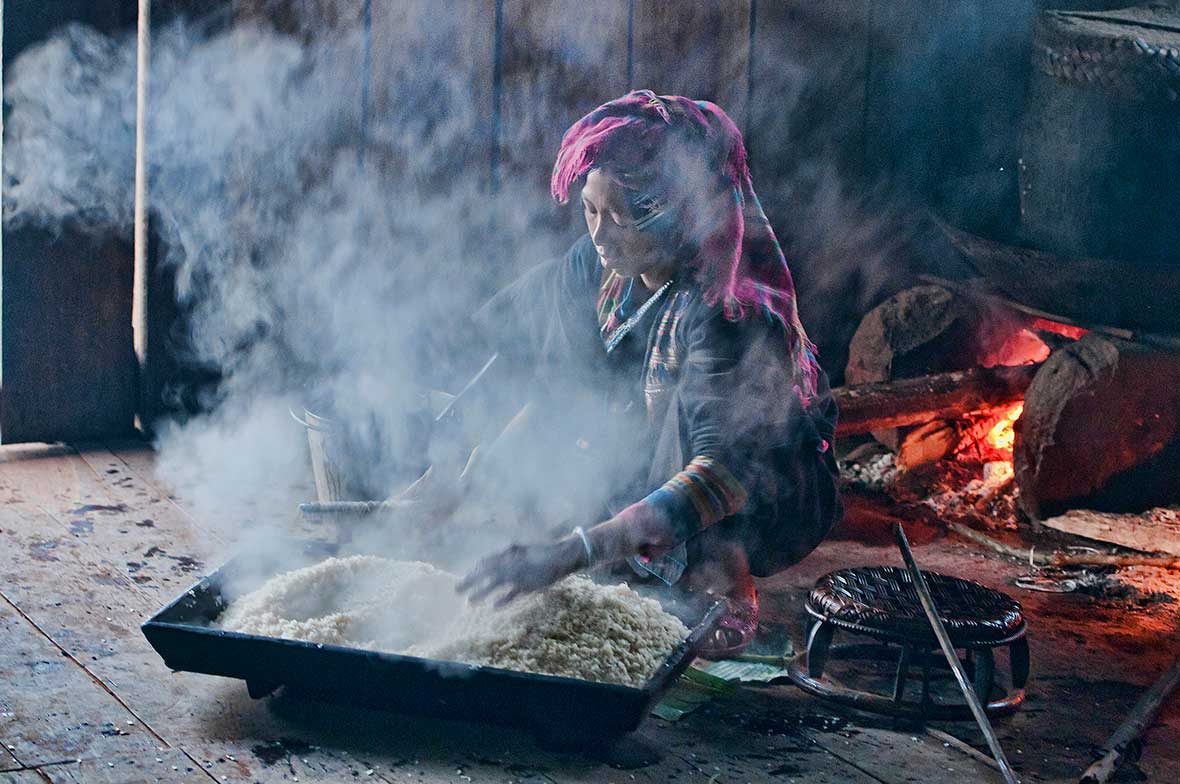
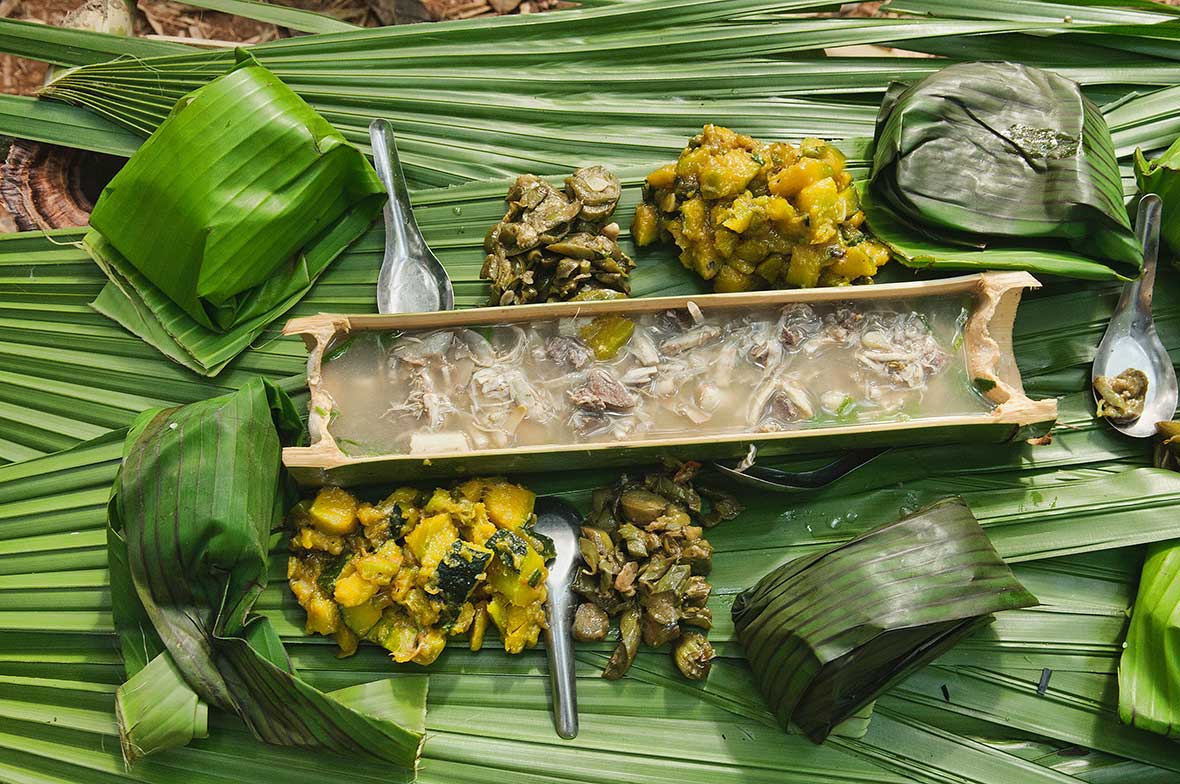
I stopped in at one of the old shophouses and was delighted to find that they served a famous Yunnan dish known as Cross the Bridge rice noodles. The dish supposedly got its name from the story of a scholar who studied on an island connected to a town via a long bridge. The scholar’s wife would cross the bridge every day to bring him lunch, keeping the noodles and ingredients separate to ensure they remained hot and fresh, which is exactly how the dish is prepared today, with my pork and vegetables served aside a piquant bowl of chicken broth, for me to add myself. The eateries here serve mainly Yunnanese dishes, a nice departure from the Lao sticky rice and grilled meat skewers served everywhere else.
Trekking into the nearby mountains is about as authentic as it comes and should be on any visitor’s agenda. My fellow travelers and I headed out for a few days of rural hiking, climbing up over several mountain ridges to reach Akha hamlets, where even the arrival of recent trekking ventures hasn’t changed the traditional way of life much. Other than plastic bags and the encroaching satellite dishes for television, there aren’t many signs telling you what decade or century you might be in. Everything is made of bamboo, rattan, or wood, cooking is done over open hearths, kids play with toys constructed from wood and string, water is still hauled from a well or spring via buckets, and while the men have mostly made the transition to western clothing, women still retain and wear their traditional garb.
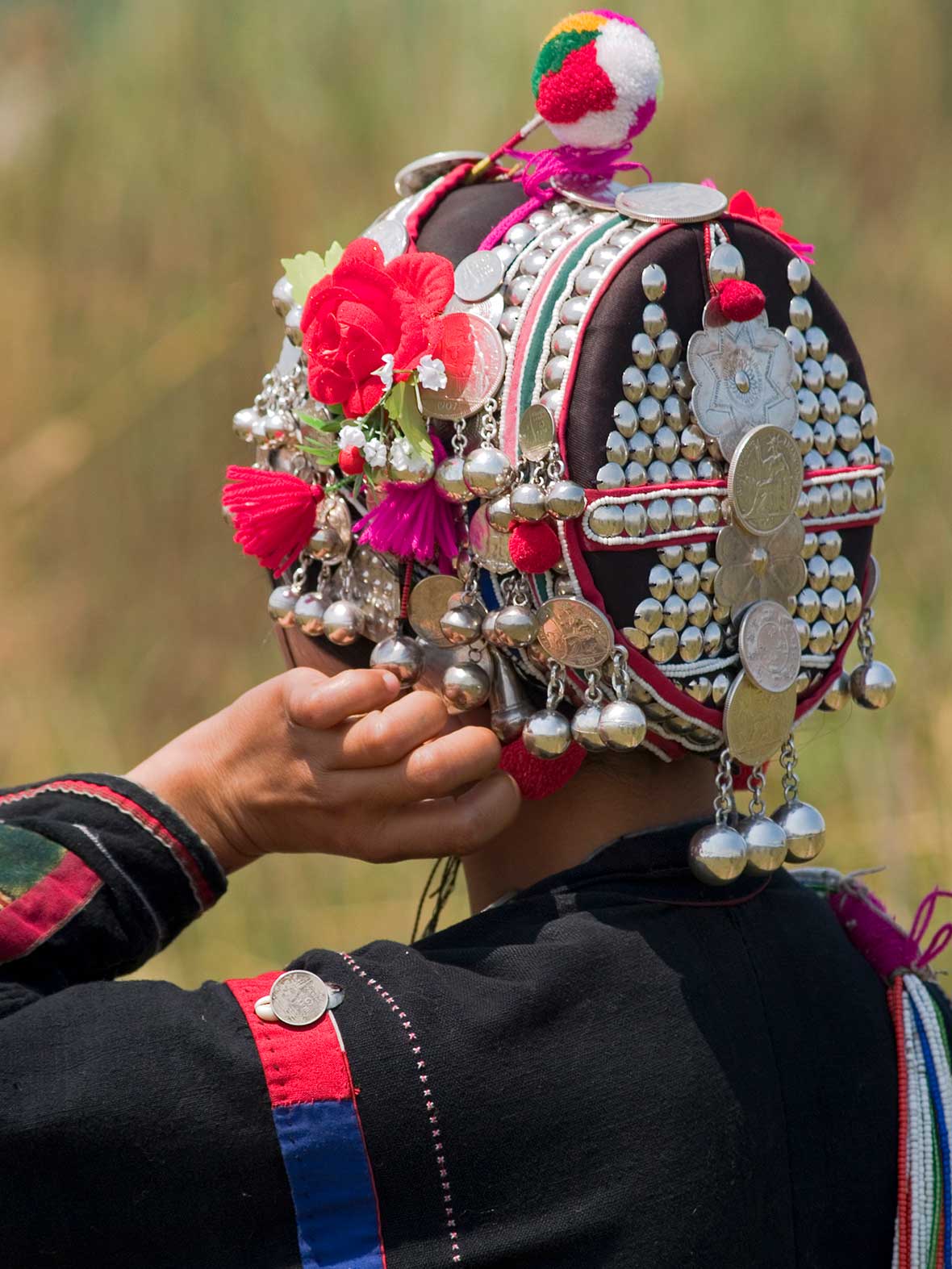
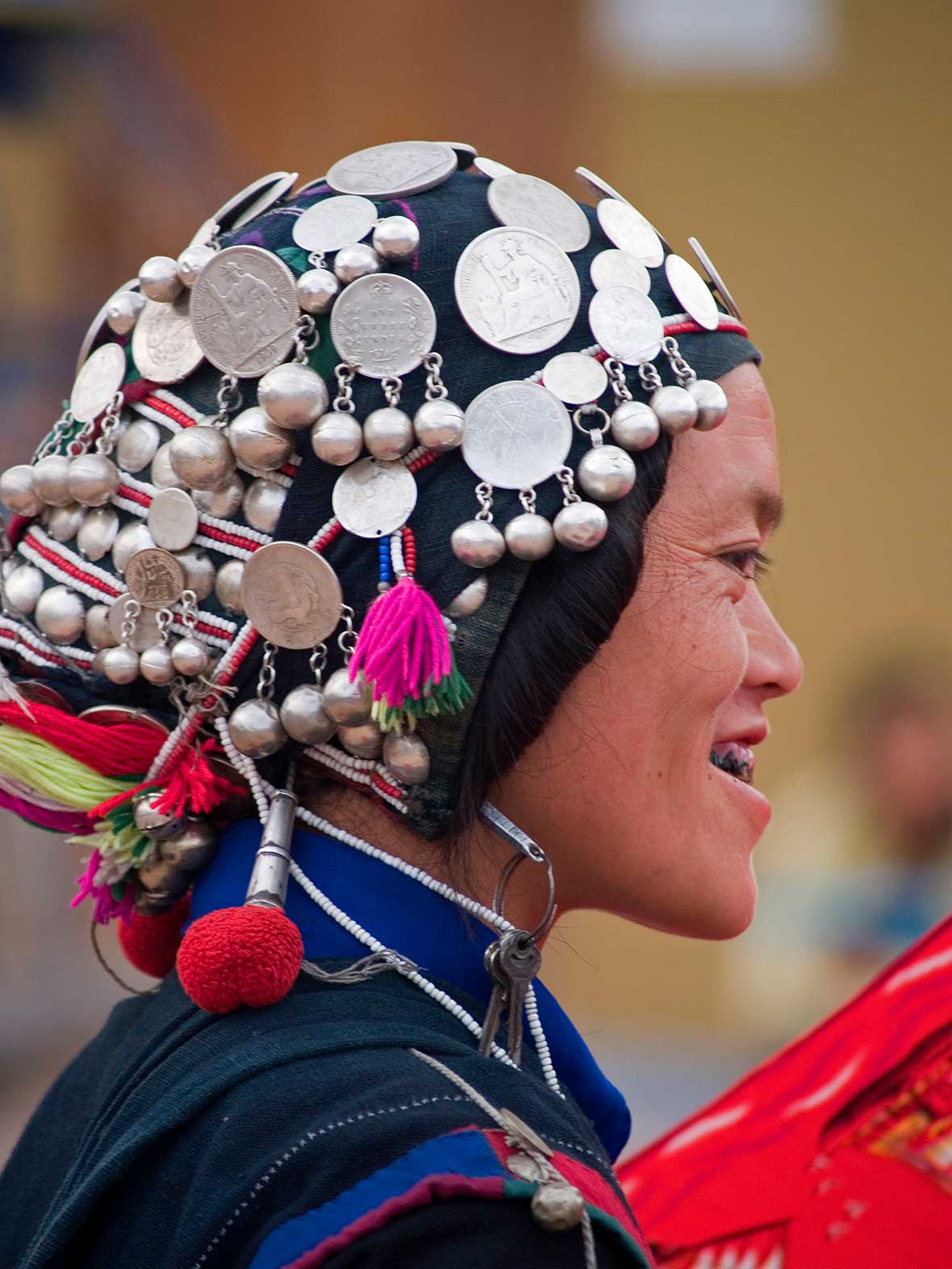
In Yunnan and Vietnam, costumes were often garish and glitzy, obviously souped up a bit for tourism in many spots, whereas here the fashion is decidedly more lowbrow. The Akha are noted for their headdresses, usually given at birth as embroidered cloth from mother to daughter. Later, the cloth becomes a cap, adorned with tassels, and slowly silver coins are added. Some of the more elaborate headdresses feature hard-to-find silver coins from French Indochina, as well as silver pieces molded and pounded into round or oblong balls. The best headdresses are weighty, but the Akha women wear them proudly, even while doing household chores and daily agricultural work.
We passed through villages that were all entered by way of rickety wooden posts, known as “spirit gates.” As with most hill tribes here, their religious beliefs incorporate animism, and the gates here serve to keep evil spirits from entering the villages. Our guide told us that the elaborate carvings made on the gates served as protection and that under no circumstance should visitors ever touch the gates as they are sacred and that any bad luck that might befall the village should we touch one would be blamed on us.
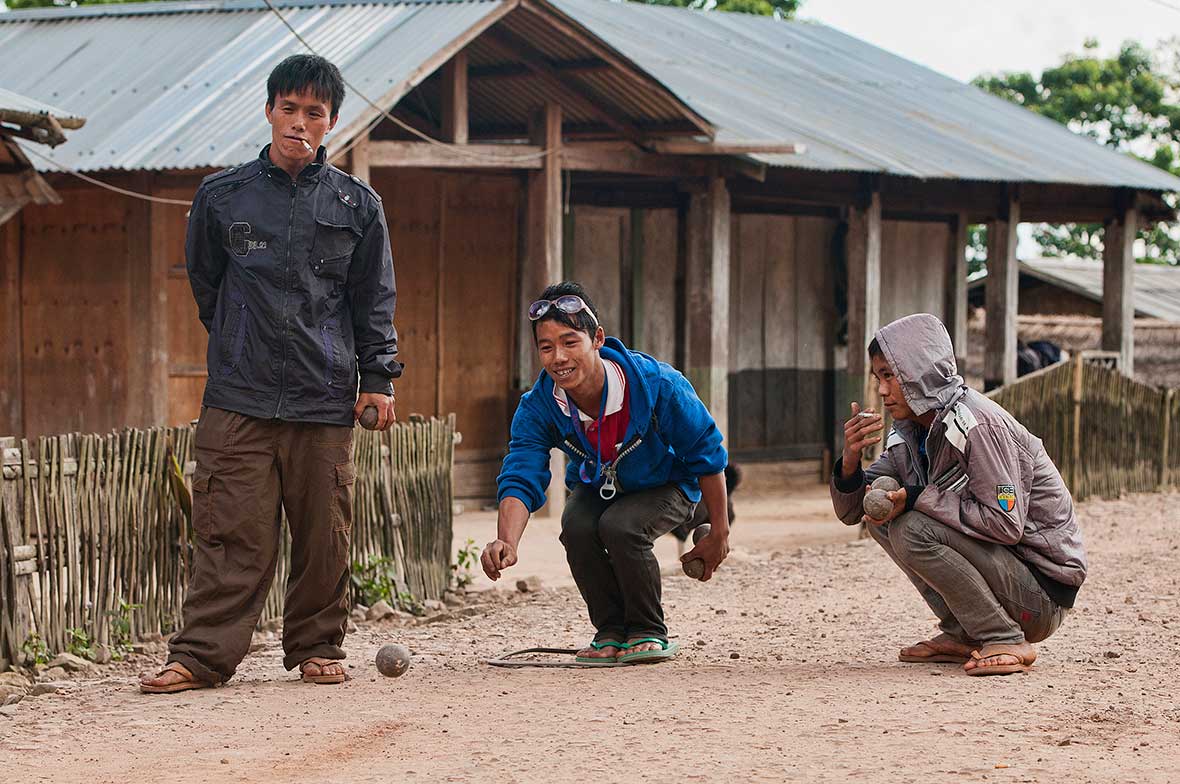
Despite the warning, families inside the villages were incredibly warm and hospitable, inviting us to share meals, while the village chief often came along to welcome us with glasses of rice wine, and then offered us the opportunity to take part in playing bocce ball, or pétanque as it’s known in French, which was introduced to Laos during the French colonial days in Indochina, and has become a firm fixture in mountain villages, probably due to its simple rules and need for only a trio of small metal or other balls and a patch of dust in which to play in. The slow game also seems to match the languid, relaxed pace of Phongsaly, where nobody seems to rush, and there is plenty of time to watch the world go by.
I felt a twinge of bittersweetness as my stay in Phongsaly neared its end. Change, like everywhere, is coming here too, but it is slow, and my voyage here reminded me of visiting other places in the region some 20 years ago. One of these seemingly timeless places in which it’s all about the journey to get there, reaffirming just why adventure travel can still be so satisfying.
